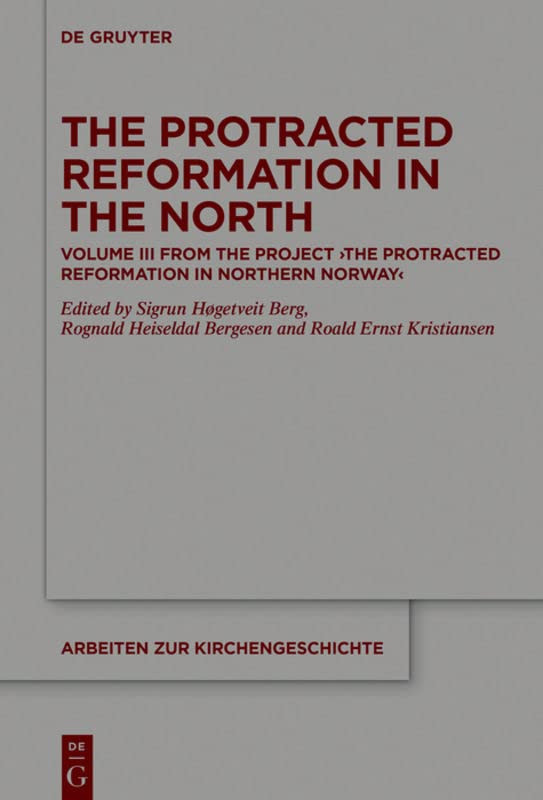

Most ebook files are in PDF format, so you can easily read them using various software such as Foxit Reader or directly on the Google Chrome browser.
Some ebook files are released by publishers in other formats such as .awz, .mobi, .epub, .fb2, etc. You may need to install specific software to read these formats on mobile/PC, such as Calibre.
Please read the tutorial at this link. https://ebooknice.com/page/post?id=faq
We offer FREE conversion to the popular formats you request; however, this may take some time. Therefore, right after payment, please email us, and we will try to provide the service as quickly as possible.
For some exceptional file formats or broken links (if any), please refrain from opening any disputes. Instead, email us first, and we will try to assist within a maximum of 6 hours.
EbookNice Team

Status:
Available5.0
36 reviews
ISBN 10: 311068599X
ISBN 13: 9783110685992
Author: Roald Høgetveit Berg, Sigrun, Heiseldal Bergesen, Rognald, Ernst Kristiansen
The formation of the European nation states was deeply affected by the Reformation processes during the 16th century. In order to understand today's Europe, it is necessary to come to terms with the historical processes that shaped these emerging nation states. The book discusses such processes with particular attention to how they affected the northernmost parts of Europe. The book consists of three main parts: 1) Church and State, 2) Interaction and Networks, 3) Ideas and Images. In the first part, the authors examine various aspects of the relationship between the church and the state, and how the Reformation processes contributed to reshape this relationship. In the second part, the development of the social and economic networks among the population of Northern Fennoscandia is mapped, taking account of how such networks were affected by different ethnic groups. The role of the church and the mission in the state integration of the Northern borderless areas is also examined, as well as the new Lutheran clergy and their social and material conditions. In the third part, the visual and material expressions of the Reformation period is analyzed, as well as the encounter between the Catholic, the Lutheran and the Sámi religion.
Part I: Church and State
A Matter of the Learned: Ways of Reformation Knowledge from Germany to the North — Arnold Otto
Tithes in Trondheim Diocese: A Regional Reformation Study — Sigrun Høgetveit Berg
Seventeenth Century Persecution of Sorcery and Witches in the High North — Rune Blix Hagen
The Long and Winding Road – Sweden’s Path to a Lutheran Church in the Sixteenth Century — Magne Njåstad
Art and Power: The Northern Russian Eparchies in the Late-Seventeenth Century — Evgeny Khodakovsky
Part II: Interaction and Networks
The Trading Networks of the High North during the Sixteenth Century — Lars Ivar Hansen
Pietistic Mission to Senja and Vesterålen in the Early Eighteenth Century — Dikka Storm
Priesthood Recruitment in the Early Post-Reformation Period in Alstahaug, Steigen and Tromsø — Ingebjørg Aamlid Dalen
Parsonages in the North in the 1600s and 1700s — Ingebjørg Hage
Part III: Ideas and Images
Post-Reformation Religious Practices among the Sámi — Siv Rasmussen
Images of Sámi Religion in a Protracted Reformation — Rognald Heiseldal Bergesen
The Clergy as Connoisseurs: Recycling Medieval Art in the High North — Vidar Trædal
The Staging of Royal Power in the Churches of Denmark-Norway 1537–1814, With a Special Focus on the Bishopric of Trondheim — Daniel Johansen
the protracted reformation
the protracted reformation in the north
did luther regret the reformation
the protestant reformation meaning
the protestant reformation explained
Tags: Roald Høgetveit Berg, Sigrun Heiseldal Bergesen, Rognald Ernst Kristiansen, The Protracted Reformation, the North, the Project, Protracted Reformation